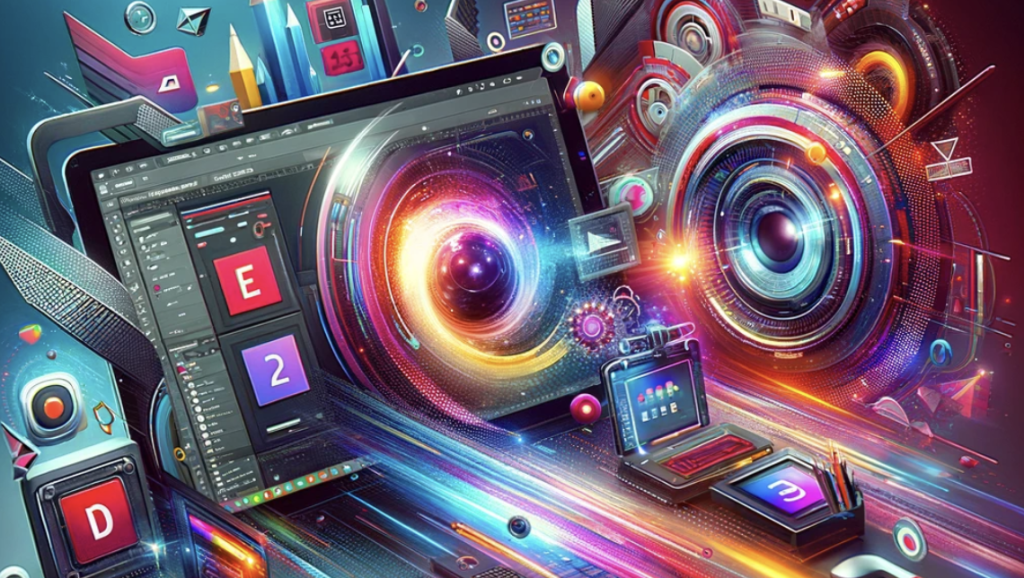The Revolutionary Rise of Adobe Flash Animation
Adobe Flash animation transformed the digital landscape during the early days of the internet. This groundbreaking technology enabled creators to produce interactive content, engaging animations, and dynamic web experiences that captivated audiences worldwide.
The platform’s intuitive interface and powerful tools democratized animation creation, making it accessible to both professionals and enthusiasts. Flash’s vector-based graphics system allowed for smooth animations that loaded quickly, even with the limited bandwidth of the early internet era.
Understanding the Core Features of Flash Animation
Adobe Flash animation operates on a frame-by-frame principle, similar to traditional animation techniques. The software combines vector graphics, timeline controls, and actionscript programming to create dynamic content that responds to user interaction.
Moreover, the platform’s layering system enables animators to organize complex scenes efficiently. This structured approach to animation makes it easier to edit and modify elements without affecting other components of the project.
Essential Tools and Techniques in Flash Animation
The software provides a comprehensive toolkit for creating diverse animations. The motion tween feature smoothly transitions objects between keyframes, while shape tweening transforms one vector shape into another.
Additionally, Flash’s bone tool enables realistic character animation through inverse kinematics. These tools, combined with the software’s drawing capabilities, give animators complete control over their creative vision.
The Impact of Flash on Web Design and Interactive Media
Flash revolutionized web design by introducing dynamic elements and interactive features. Websites built with Flash offered immersive experiences that traditional HTML couldn’t match at the time.
The technology also spawned a new generation of web-based games and educational content. Flash games became a cultural phenomenon, inspiring countless developers and creating a unique genre of interactive entertainment.
Creating Character Animation in Flash
Character animation in Flash requires understanding of fundamental animation principles. The software’s tools support traditional animation concepts like squash and stretch, anticipation, and follow-through.
Furthermore, Flash’s symbol library system allows animators to create reusable assets and maintain consistency throughout their projects. This feature significantly reduces production time and ensures character movements remain uniform across scenes.
Optimizing Flash Animations for Performance
Performance optimization plays a crucial role in Flash animation development. Efficient file management and proper use of symbols help reduce file sizes and improve loading times.
The platform also offers various compression options and publishing settings. These features allow animators to balance quality and performance, ensuring their content reaches audiences effectively.
Integrating Sound and Interactivity
Flash animations come alive with the addition of sound effects and music. The software’s audio capabilities support multiple formats and precise synchronization with animated elements.
Interactive elements enhance user engagement through clickable objects and dynamic responses. This combination of audio and interactivity creates immersive experiences that set Flash apart from traditional animation methods.
Flash Animation in Education and Training
Educational institutions widely adopted Flash for creating interactive learning materials. The platform’s ability to combine animation with interactive elements made it ideal for explaining complex concepts.
Corporate training programs also benefited from Flash’s capabilities. Organizations used the technology to develop engaging training modules that improved knowledge retention and user engagement.
The Artistic Potential of Flash Animation
Flash animation fostered a unique artistic style characterized by clean vectors and smooth motion. Artists developed distinctive techniques that took advantage of the software’s strengths.
The platform’s flexibility allowed for various artistic expressions, from minimalist designs to complex illustrations. This versatility helped establish Flash animation as a legitimate art form in digital media.
Preserving Flash Animation Legacy
Although modern web standards have replaced Flash, its influence continues to shape digital animation. Many current animation tools and techniques evolved from concepts pioneered in Flash.
The preservation of Flash animations remains important for digital art history. Various projects and emulators help maintain access to this significant period of internet creativity.
Modern Alternatives to Flash Animation
Contemporary animation tools build upon Flash’s foundation while offering new capabilities. HTML5, CSS animations, and JavaScript frameworks provide modern solutions for interactive web content.
These alternatives incorporate many features that made Flash popular while adding modern functionality. Understanding these tools helps animators transition their skills to current technologies.
The Future of Web Animation
Web animation continues to evolve with new technologies and techniques. The principles established during the Flash era inform current development of animation tools and standards.
Additionally, emerging technologies like WebGL and SVG animation expand creative possibilities. These advancements carry forward Flash’s legacy of making web content more dynamic and engaging.

